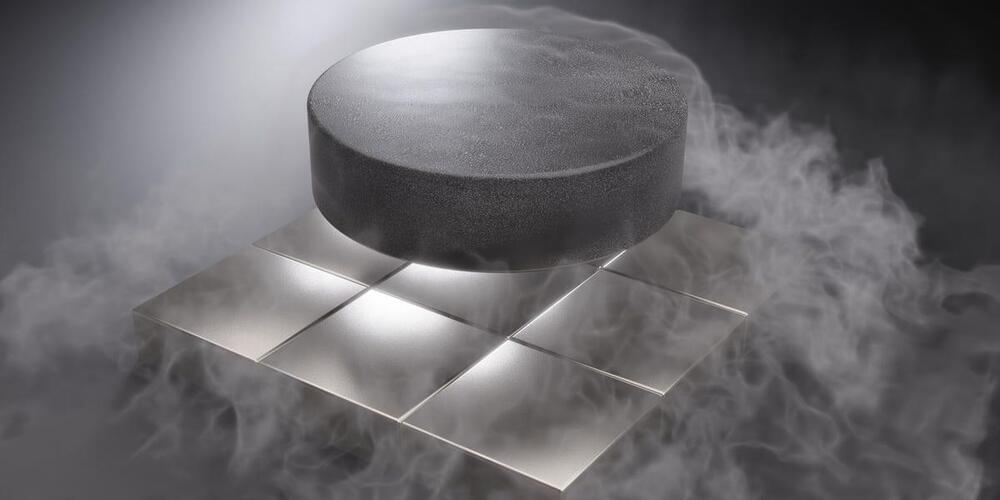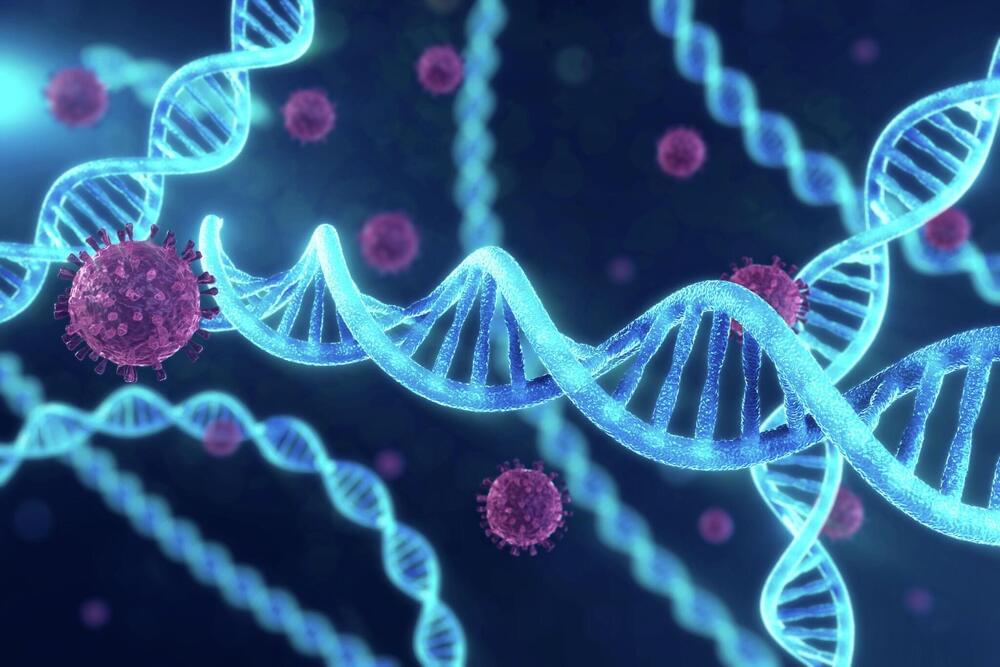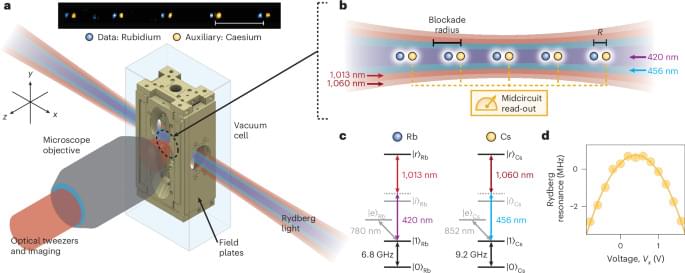The record-breaking crystal will act as a DNA time capsule that could be used to bring back humanity after our extinction, researchers say. But not everyone is convinced.





How can artificial light influence the behavior of zebrafish? This is what a recent study published in Science of The Total Environment hopes to address as an international team of researchers investigated the effects of artificial light at night (ALAN) on female zebrafish. This study holds the potential to help researchers, climate conservationists, and the public better understand the effects of light pollution on nature and the steps that can be taken to mitigate them.
“Sleep is one of the main processes of animals that is disrupted by ALAN, so we were curious to know what that means for their ability to navigate their lives. In other words, what does it mean for their behavior?” said Weiwei Li, who is a PhD student at the Max Planck Institute of Animal Behavior (MPI-AB) and lead author of the study. “The light levels that we used in our study matched what is already shining into the homes of animals at night through the many sources we place outdoors. And we found extremely strong and clear negative effects on the behavior of fish and their offspring after only a few bright nights.”
For the study, the researchers analyzed the effects of short and long wavelengths of ALAN on female zebrafish over a 10-day, 9-night period to ascertain their behavior patterns. These patterns included swimming patterns, group cohesiveness, and location within the aquarium where the study was being conducted. In the end, the researchers discovered the zebrafish exhibited anxiety-like behaviors while exposed to all wavelengths, but these worsened when exposed to shorter wavelengths, specifically within the blue spectrum.
A new technology to continuously place individual atoms exactly where they are needed could lead to new materials for devices that address critical needs for the field of quantum computing and communication that cannot be produced by conventional means, say scientists who developed it.
A research team at the Department of Energy’s Oak Ridge National Laboratory created a novel advanced microscopy tool to “write” with atoms, placing those atoms exactly where they are needed to give a material new properties.
“By working at the atomic scale, we also work at the scale where quantum properties naturally emerge and persist,” said Stephen Jesse, a materials scientist who leads this research and heads the Nanomaterials Characterizations section at ORNL’s Center for Nanophase Materials Sciences, or CNMS. “We aim to use this improved access to quantum behavior as a foundation for future devices that rely on uniquely quantum phenomena, like entanglement, for improving computers, creating more secure communications and enhancing the sensitivity of detectors.”

A new study has found that intelligence, in the form of general cognitive abilities such as perception, thinking and remembering, is more important than hitherto thought at predicting a person’s ability to complete common tasks with a PC. The study was published in the International Journal of Human-Computer Studies in August 2024.
“Our research findings are the first clear proof that cognitive abilities have a significant, independent and wide-ranging effect on people’s ability to use a computer. Contrary to what was previously thought, cognitive abilities are as important as previous experience of computer use,” says Aalto University’s Professor Antti Oulasvirta, who studied human-computer interaction extensively with his team.
The findings have implications for digital equality, say the researchers, because everyday user interfaces have simply become too complex to use. Practice alone is no longer enough, with intelligence becoming an equally critical factor in predicting performance in computer tasks.
For the past few years, a series of controversies have rocked the well-established field of cosmology. In a nutshell, the predictions of the standard model of the universe appear to be at odds with some recent observations.
There are heated debates about whether these observations are biased, or whether the cosmological model, which predicts the structure and evolution of the entire universe, may need a rethink. Some even claim that cosmology is in crisis. Right now, we do not know which side will win. But excitingly, we are on the brink of finding that out.
To be fair, controversies are just the normal course of the scientific method. And over many years, the standard cosmological model has had its share of them. This model suggests the universe is made up of 68.3 percent “dark energy” (an unknown substance that causes the universe’s expansion to accelerate), 26.8 percent dark matter (an unknown form of matter) and 4.9 percent ordinary atoms, very precisely measured from the cosmic microwave background —the afterglow of radiation from the Big Bang.

In quantum computing, scientists often work with arrays of atoms called Rydberg atom arrays, which allow them to simulate quantum systems and perform computations.
Rydberg atoms in optical tweezers are a promising platform for quantum information science. A platform composed of dual-species Rydberg arrays has been realized, offering access to unexplored interaction regimes and crosstalk-free midcircuit control.

Twenty years ago, the MESSENGER mission revolutionized our understanding of Mercury. We sat down with project head and former Carnegie Science director Sean Solomon to talk about how the mission came together and the groundbreaking work it enabled.
Q: As the principal investigator of the MESSENGER mission, what were your personal highlights or proudest moments throughout the mission’s duration? Sean Solomon: There were many personal highlights for me during the MESSENGER mission, beginning with our initial selection by NASA in 1999 and culminating in the publication by the MESSENGER science team of all of the findings from our mission in a book published nearly two decades later.
The most challenging events in any planetary orbiter mission are launch and orbit insertion. The successful completion of those two milestones for MESSENGER—in 2004 and 2011, respectively—were sources of great pride for me in the technical expertise of all of the engineers, mission design experts, and project managers who contributed to the mission.

Dopamine was long thought to play a part in the placebo effect for pain relief, but a new study is questioning its true role.